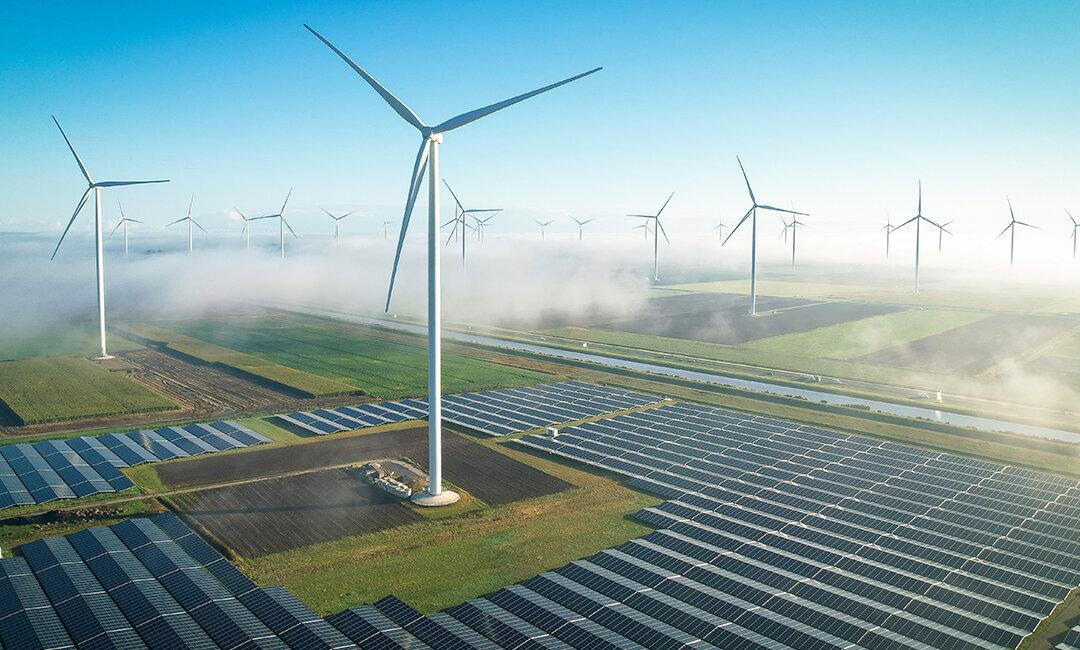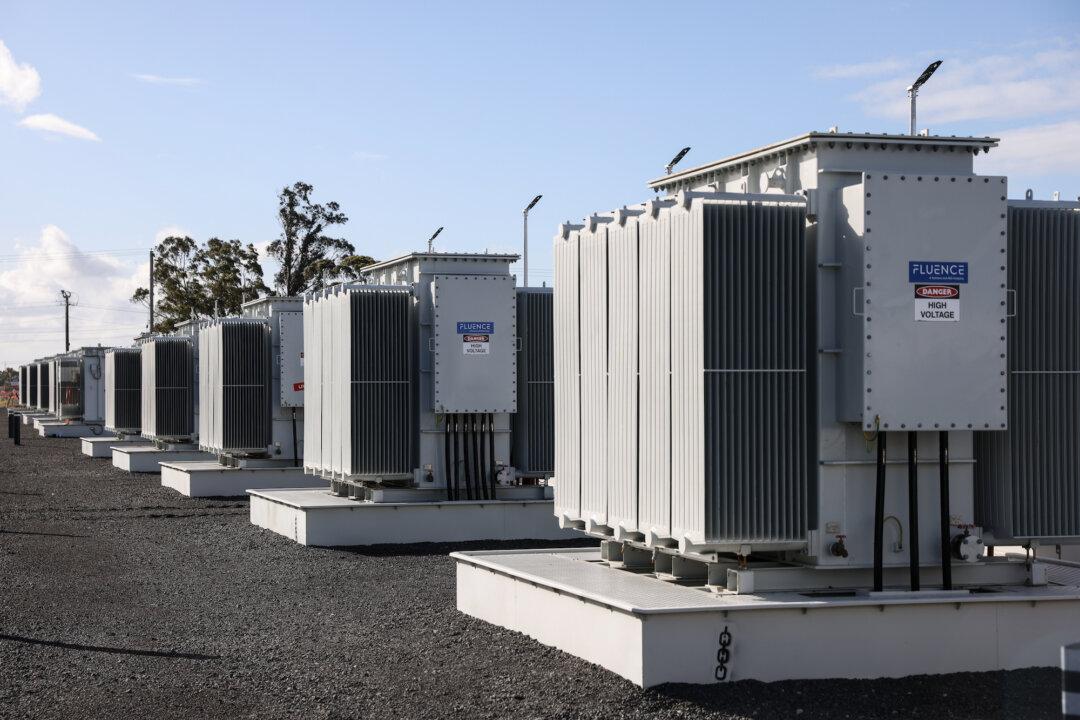The Australian government is currently considering large-scale renewable waste management systems that can assist the country’s move towards net zero.
A spokesperson for the Department of Climate Change, Energy, the Environment, and Water (DCCEEW) said state environment ministers in October 2022 pushed for solutions under the National Waste Policy Action Plan.




